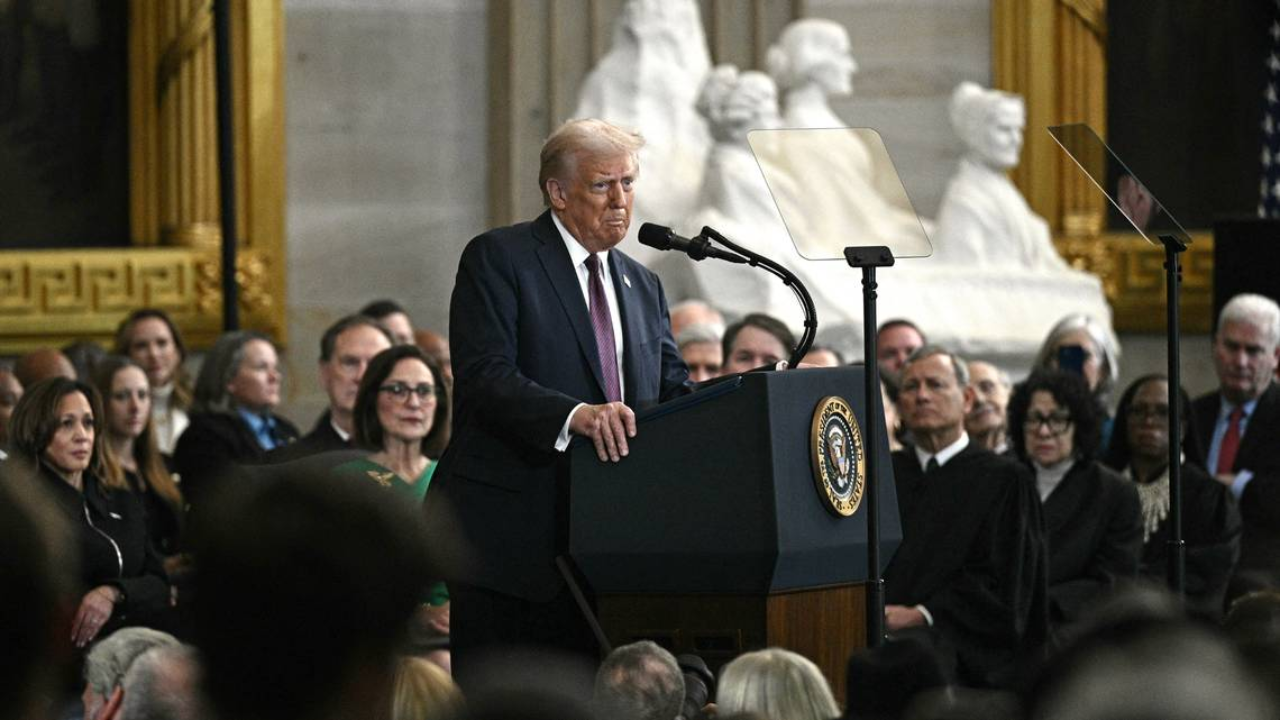Race Day Live California’s water issues are some of the most complex in the country, shaped by decades of legal battles and competing demands.
This complexity came to the forefront when former President Trump weighed in on the state’s wildfires, suggesting that poor water management was to blame.
He claimed California Governor Gavin Newsom prioritized protecting a small fish over supplying water to fight fires.
The reality is far different. Southern California had plenty of water for firefighting; the issue was high demand during the wildfires.
Additionally, Southern California doesn’t rely solely on water from Northern California. It also sources water from the Colorado River and the Eastern Sierra. Reservoirs were full at the time of the fires, making Trump’s comments misleading.
Criticism of Newsom and environmental policies isn’t new for Trump. One of his executive orders aims to divert more water from the Sacramento-San Joaquin Delta to other areas, claiming it puts people over fish.
However, this order clashes with federal laws protecting the Delta smelt, a species listed as threatened and endangered. Any attempt to alter water flows would likely face extensive legal challenges because water rights in California are divided among cities, farms, and environmental needs.
Amid these debates, two San Joaquin Valley lawmakers, Democrat Jim Costa and Republican David Valadao, have introduced practical solutions.
They’ve proposed two bills to address water shortages through groundwater recharge projects, which are vital in adapting to climate change.
The first, the Every Drop Counts Act (HR 338), aims to make groundwater recharge projects eligible for federal funding.
One project that could benefit is the Upper Kings River Water and Climate Resiliency Program in Fresno County. This initiative plans to build new basins to store water during wet years for use in dry years.
Read More:
- Ruben Gallego’s Support for GOP Immigration Bill Signals a Shift in Democratic Strategy!
- Florida Representative Mike Waltz Resigns from Congress to Serve as Trump’s National Security Adviser!
The second bill, the Groundwater Recharge Technical Assistance Act (HR 337), seeks $3 million annually for storing water underground, improving flood protection, and ensuring clean drinking water.
Costa described groundwater recharge as an effective strategy to combat droughts, which are increasingly common in California.
Signs of another drought are already visible. A recent trip to Sequoia National Forest revealed unusually dry conditions for January, with barely any snow near Hume Lake.
This is concerning, as January is typically one of the wettest months in California. While the Sierra Nevada snowpack in the north is healthier, the Fresno region is far below average.
California faces a recurring cycle of droughts, wildfires, and water disputes. These problems cannot be solved with quick fixes or oversimplified solutions.
As lawmakers work on long-term strategies, the state must navigate the delicate balance between environmental conservation, urban needs, and agricultural demands.
Disclaimer- Our team has thoroughly fact-checked this article to ensure its accuracy and maintain its credibility. We are committed to providing honest and reliable content for our readers.

